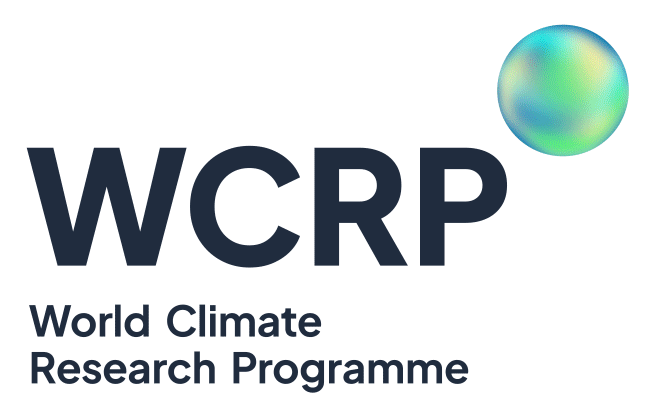Decadal climate variability (DCV) – the variations in global and regional climate that distinguish one decade from another – is of relevance to our complex modern society. DCV can arise from internal interactions within the climate system, and in response to external forcing such as clusters of volcanic eruptions and changes in solar irradiance. These natural expressions of decadal variability interact with the impact of anthropogenic forcing, namely changes in industrial aerosol, land use, and greenhouse gas emissions and either exacerbate or mitigate their impact. DCV impacts the background in which higher frequency variations (i.e., intra-seasonal to interannual variability, including weather events) occur and therefore affect their characteristics. DCV may also arise simply from the stochastic nature of these higher frequency variations. CLIVAR’s overarching aim for DCV is to observe and monitor these changes, to improve the overall physical and dynamical understanding of the underlying phenomena and mechanisms and their predictability and subsequently to predict their evolution, consequences and impacts.
The Research Focus identifies some broad objectives:
- To study the space-time characteristics of observed decadal variability in the climate system as it is expressed in the interaction between its components and in relation to external forcing. Strive to attribute the observed variability to natural and anthropogenic forcing, including natural (solar variability and volcanic eruptions) and anthropogenic (changes in GHG, aerosol concentrations, and land use).
- To study the space-time characteristics of DCV in climate models to determine these models’ capability to correctly capture the observed characteristics.
- Apply models of various complexities and controlled experiments to study processes that lead to DCV either internally or in response to external forcing.Study the predictability of DCV in combination with and separately from anthropogenic or natural external forcing and test the ability to predict DCV using hindcasting of observed variability. Understand regional differences in decadal predictability and prediction capabilities.
These principles were used during the Pan-CLIVAR meeting in July 2014 to identify two themes:
1. The long-term, low-frequency modulation of the globally-averaged Earth surface temperature response to a steady increase in greenhouse gas (GHG) concentrations:
- What are the reasons for the imbalance in the Earth radiation budget associated with the deviation from a steady warming? A significant long-term deviation from a steady warming in response to the increase in GHG concentrations implies a source or sink of heat within the Earth climate system, whether internal or external, natural or anthropogenic. Resolving and understanding the nature of these sources and sinks and the mechanisms by which they are manifested, as well as assessing their predictability is a goal of this Fesearch Focus.
- What methods should be applied to resolve these questions? What kind of observations process studies should be undertaken to advance the understanding of the nature of such modulations and monitor them?
- Are models able to simulate realistically such modulations? Do they capture some or all the underlying mechanisms? What modeling studies should be undertaken to advance their understanding and predict their onset, duration, termination and intensity.
- What are the regional expressions and implications, in terms of surface temperature, precipitation, and the space-time probability of the occurrence of climate and weather extremes of these low-frequency modulations? Can these be predicted?
2. The impact of volcanic eruptions on climate and on decadal prediction of climate variability:
- What is the impact –global and regional, short and long term – of volcanic eruptions on climate and how does it depend on season, underlying atmospheric conditions, and physical properties of the eruption itself? What are the long-term impacts?
- Why do models display inconsistencies in response to specified volcanic forcings? Are the inconsistencies due to model limitations or the limitations in specifying the forcings? If one or the other or both are responsible, how can this be corrected?
- How should knowledge of actual or imminent volcanic eruption be incorporated in decadal prediction?










